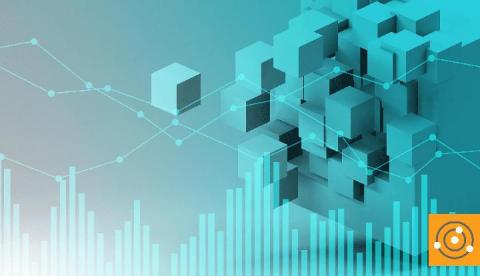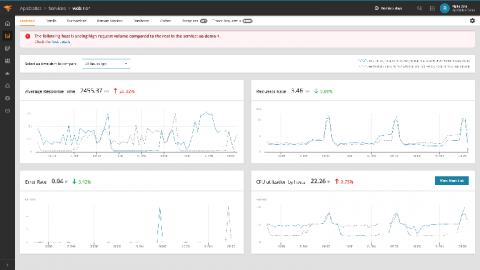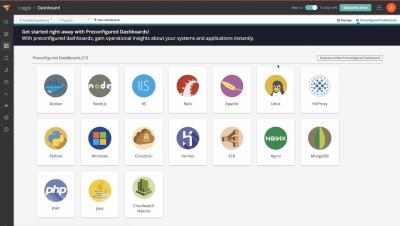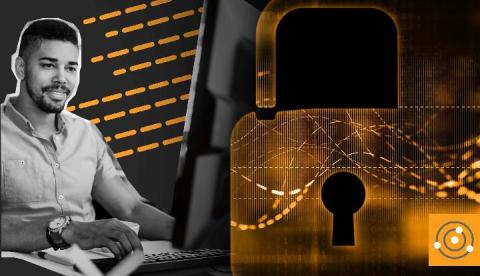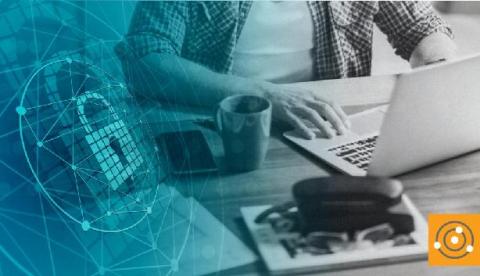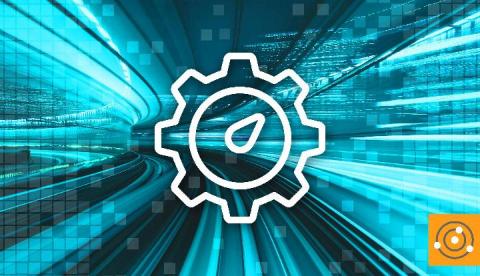No, You Still Don't Need a Blockchain
A couple of years ago, I wrote about why you don’t need a blockchain. Blockchain is one long transaction log that always gets written to and is never backed up. It’s a ledger, more or less, with some math. And while distributed ledgers can be useful for some scenarios, I’m here today to say you still don’t need a blockchain. What turns a distributed ledger into a blockchain is cryptography for creating a digital signature to reduce the risk of data tampering.


